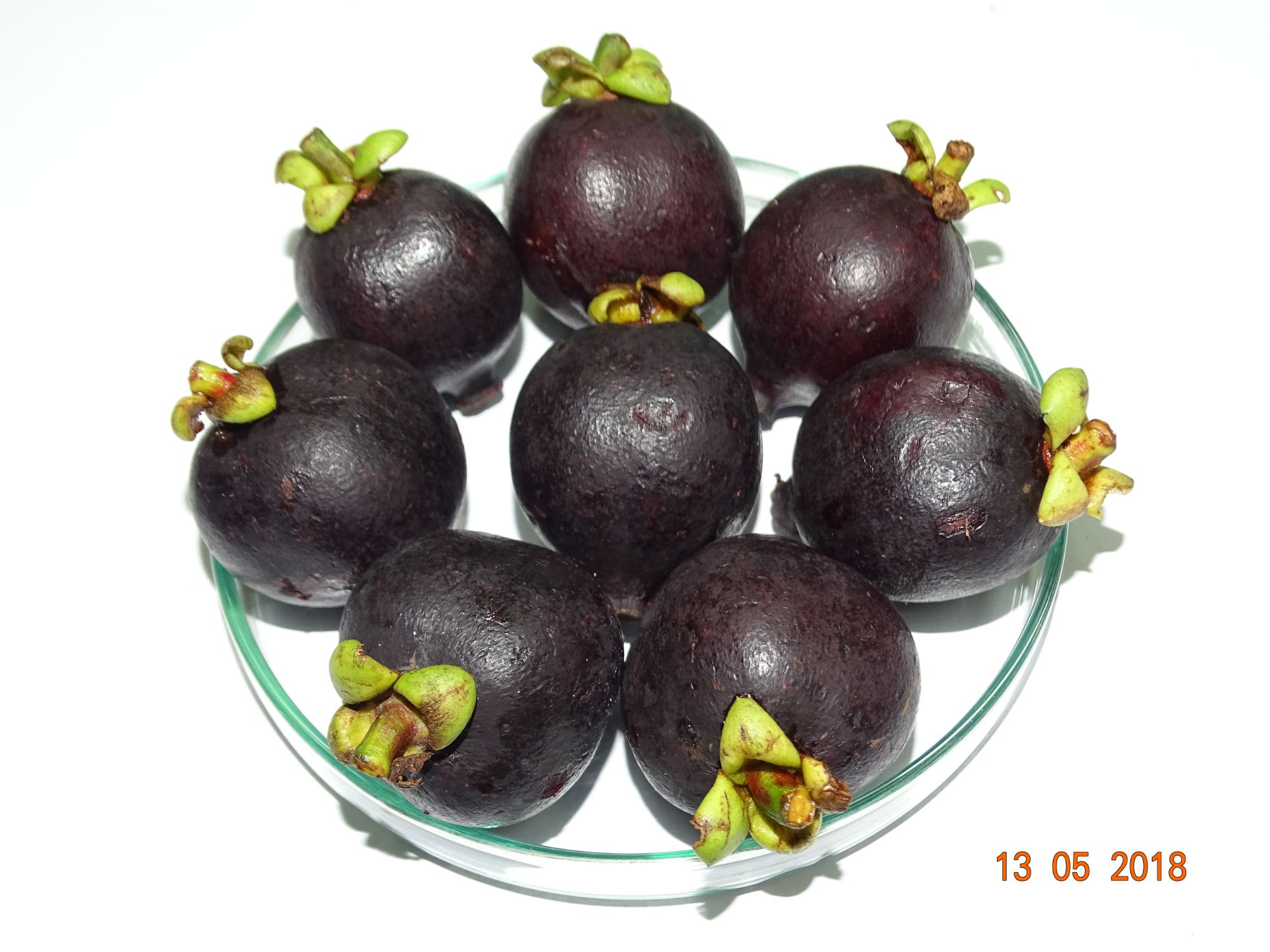The Nicobarese mangosteen (Garcinia celebica) for nutrition and aesthetics

Nicobarese mangosteen is a term used for a group of closely related botanical species, which are locally known as seashore mangosteen, ghat kau, payuh and kala kau in the Andaman and Nicobar islands. As some types are found growing naturally near seashore and hence, the name seashore mangosteen. It bears pitcher shaped fruits, which turn red to dark purple during ripening and hence, the other names. Fruiting season varies from April to July in different islands. The fruits are generally small and generally contain four to eight segments. Pulp is white and is relished by both settlers and Nicobarese tribals. Pulp is known to have delicate aroma and is known to have higher protein content than commercially cultivated mangosteen. Our surveys have indicated presence of both sweet and sour types in it. The peel is inedible as that in case of mangosteen; however, it is thinner and softer. Being one of the native species, it needs conservation and popularization in the islands. Plant grows faster and starts bearing fruits within 4-6 years of planting as compared to many other related species found in the islands. Being a tree with attractive, dark green, dense canopy, it could be a potential plant for use in landscape gardening and agro-ecotourism sites. A couple of plants could be accommodated in the backyards, which could serve as a source of relishing fruits for family and friends.
Benefit:Incorporation of Nicobarese mangosteen in the gardens would not only provide nutritious fruits but would also improve the aesthetic look of the area.
Source : Contact person with Name, Designation e-mail and phone no: Dr.Pooja Bohra, Scientist (Fruit Science), Division of Horticulture and Forestry, ICAR-CIARI, Port Blair. Email: pooja.bohra@icar.gov.in, Phone: 9933263442
